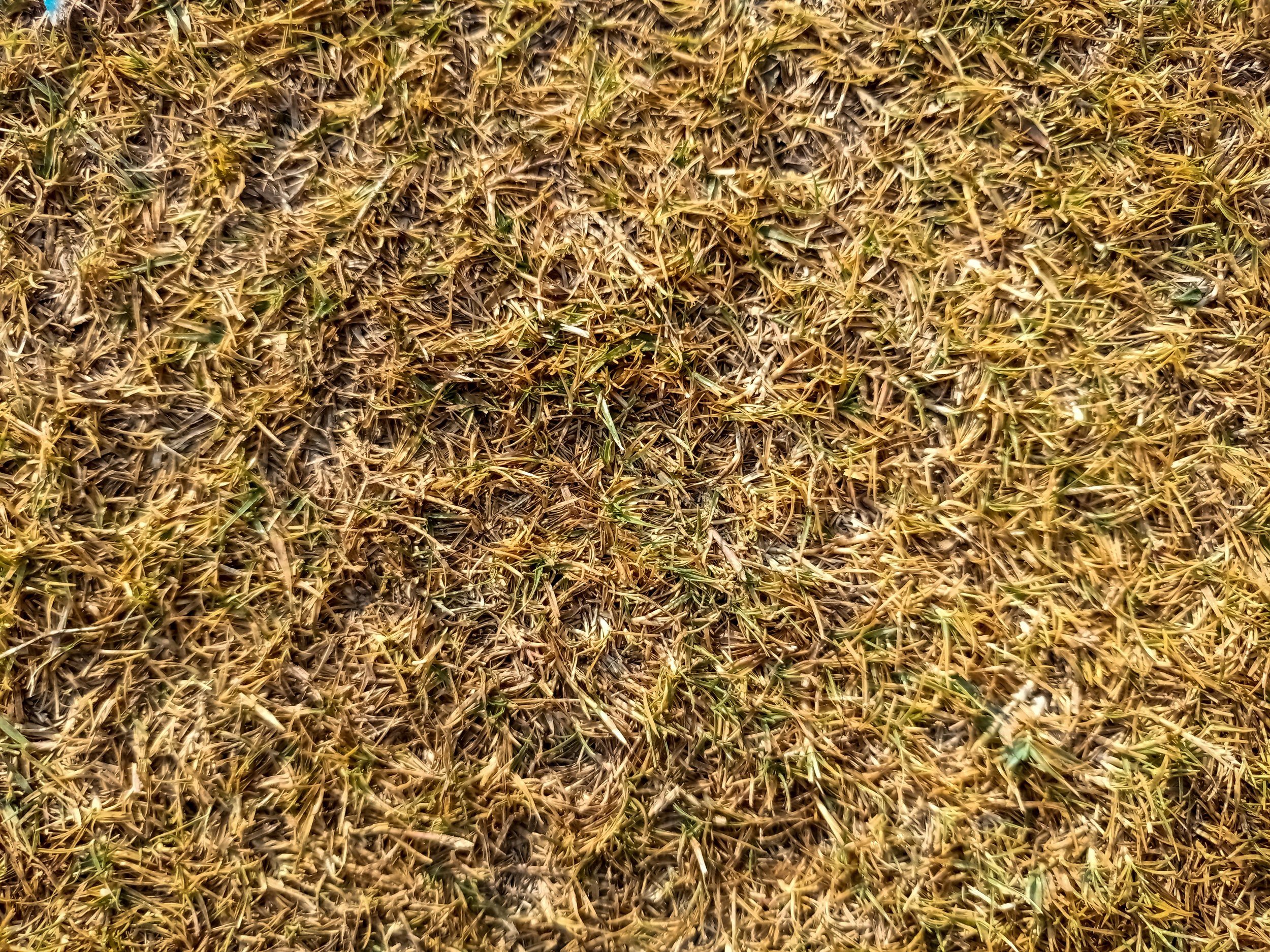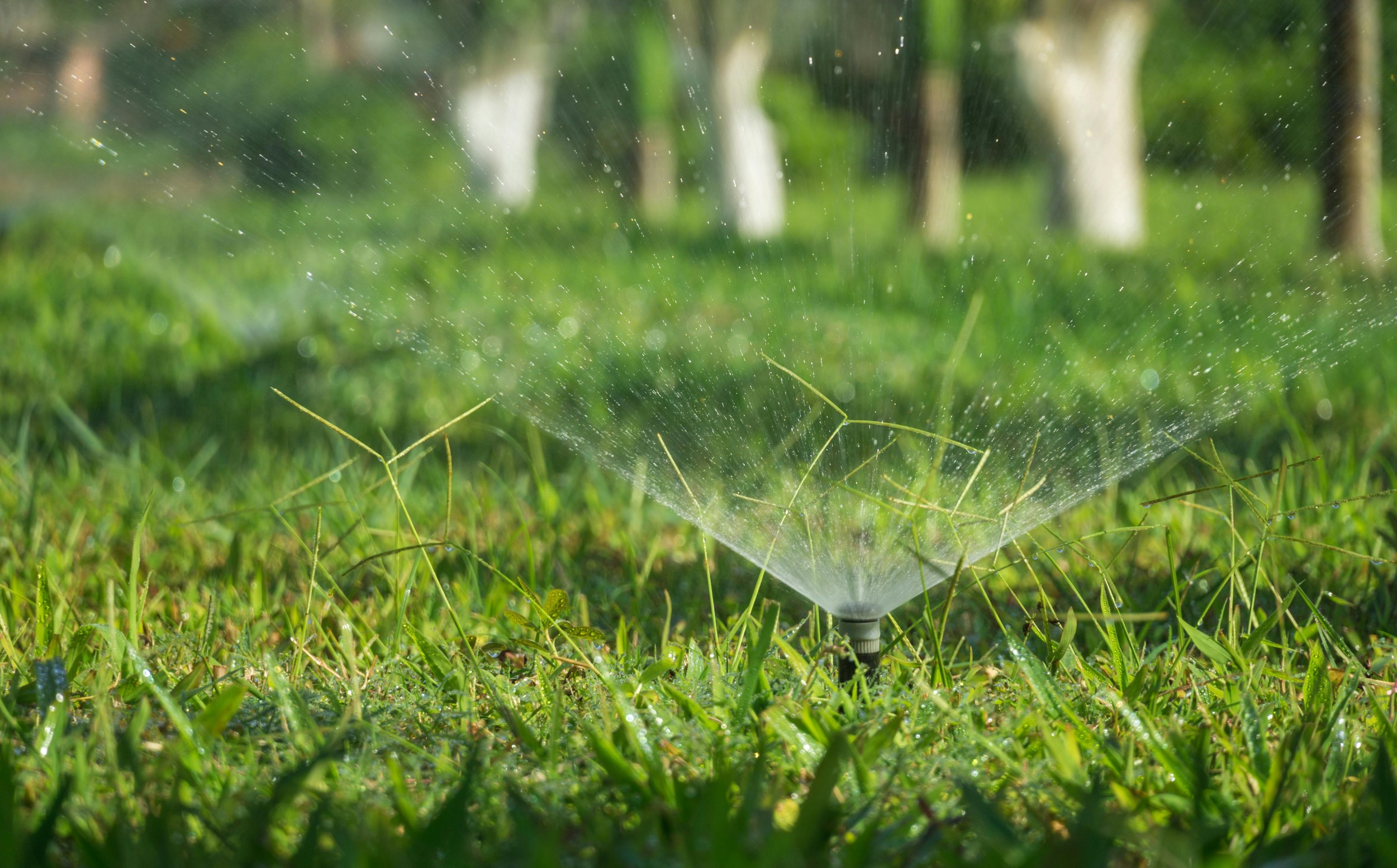15 Spring Lawn Care Tips for Healthy Green Grass
Bring your lawn back to life this spring with these 15 essential care tips. From aeration to fertilization, learn how to achieve lush, green grass all season long.
Spring is here, and it’s time to wake your lawn from its winter slumber! As the snow melts and the temperatures rise, your grass needs a little TLC to bounce back and thrive. A healthy, green lawn isn’t just about aesthetics—it’s a reflection of proper care and attention. Whether you’re dealing with bare patches, weeds, or compacted soil, this guide has you covered. Ready to give your lawn the love it deserves? Here are 15 spring lawn care tips to ensure a lush, vibrant yard all season.
1. Inspect Your Lawn for Winter Damage
Before starting your lawn care routine, take a walk around your yard to assess its condition. Look for bare patches, matted grass, or signs of mold, as winter issues like snow mold can leave behind damage that requires immediate attention. Identifying these trouble spots early allows you to address them before they worsen, ensuring your lawn recovers more effectively. Bare patches may need reseeding, while matted grass could benefit from raking to promote airflow and healthy growth. Spotting mold or other problems early helps you prioritize tasks and plan your spring care routine with precision. By taking the time to evaluate your lawn, you set the stage for a lush, healthy yard as the growing season begins, saving time and effort in the long run.
2. Clean Up Debris for a Fresh Start
Spring cleaning isn’t just for your home—your lawn benefits from it too! Over the winter, leaves, twigs, and dead grass can accumulate, creating a layer of debris that blocks sunlight and airflow from reaching the soil. This buildup can hinder fresh grass growth and weaken your lawn’s overall health. To prepare your yard for the growing season, use a rake or leaf blower to remove the debris, ensuring the soil gets the light and air it needs to thrive. Clearing your lawn also creates a clean slate for fertilizing, reseeding, or other spring care tasks. By dedicating time to this essential step, you help your grass grow lush and healthy, setting the stage for a vibrant lawn all season long.
3. Test Your Soil’s pH Levels
Healthy grass begins with healthy soil, so testing your soil’s pH and nutrient levels is a crucial first step. Use a soil testing kit to determine whether your soil provides the optimal conditions for grass growth. Most grasses thrive in slightly acidic soil with a pH level between 6.0 and 7.0. If your soil is too acidic, applying lime can help restore balance, while sulfur is effective for lowering pH in overly alkaline soils. Soil testing also identifies nutrient deficiencies, allowing you to apply the right amendments to promote healthy growth. By ensuring your soil is balanced and nutrient-rich, you create the ideal foundation for a vibrant, resilient lawn. This proactive step saves time and effort later, ensuring your grass has the best start for thriving throughout the growing season.
4. Aerate the Soil for Better Airflow
Compacted soil can hinder water, air, and nutrients from reaching your lawn’s roots, leading to weak and struggling grass. Aeration is the solution to this common problem, as it creates small holes in the soil that allow roots to breathe and grow more effectively. This process promotes better absorption of water and nutrients, improving the overall health and resilience of your lawn. Aeration is particularly beneficial for high-traffic areas where soil compaction is more severe. You can rent an aerator for a DIY approach or hire a professional for efficient and thorough results. By aerating your lawn, you rejuvenate the soil, encouraging deeper root growth and preparing your grass for a lush, healthy growing season. It’s a vital step in maintaining a thriving, well-nourished lawn.
5. Dethatch to Remove Dead Grass
Thatch, a dense layer of dead grass and roots, can build up over time and suffocate your lawn by blocking water, air, and nutrients from reaching the soil. If the thatch layer becomes too thick, it’s essential to remove it to restore your lawn’s health. Using a dethatching rake or a power dethatcher, you can effectively break up and remove this buildup, allowing your grass to breathe and access the essentials it needs to thrive. Dethatching not only improves the soil’s ability to absorb moisture and nutrients but also encourages healthier, more vigorous growth. Once the thatch is cleared, your lawn will have the ideal conditions for lush, vibrant grass. Regular dethatching ensures your yard stays in top shape, making it a vital step in any lawn care routine.
6. Apply Pre-Emergent Weed Control
Spring is a prime time for weeds to invade your lawn, competing with your grass for nutrients and space. To stop them before they take over, apply a pre-emergent herbicide early in the season. This treatment works by preventing weed seeds from germinating, effectively blocking common invaders like crabgrass from establishing themselves. Timing is key—apply the herbicide before weeds start sprouting, usually as soil temperatures begin to rise. Acting early ensures your lawn has the upper hand, allowing your grass to thrive without competition. Pre-emergent herbicides are an essential tool for maintaining a healthy, weed-free yard, setting the stage for a lush, vibrant lawn all season long. By addressing weeds proactively, you save time and effort while keeping your grass in peak condition.
7. Overseed Bare Spots for Even Coverage
Bare spots can detract from your lawn's overall appearance, making it look patchy and neglected. To restore these areas, overseed by spreading grass seed evenly over the bare spots and covering it lightly with soil or compost. This helps protect the seeds and encourages germination. Water the seeded areas consistently, keeping the soil moist until the new grass establishes strong roots. For a seamless look, select a grass seed variety that matches your existing lawn, ensuring the new growth blends in perfectly. Overseeding not only repairs bare patches but also promotes a healthier, fuller lawn by preventing weeds from taking over empty spaces. With regular care and attention, your lawn will regain its lush, uniform appearance, enhancing the beauty and health of your outdoor space.
8. Fertilize for Essential Nutrients
Fertilizing your lawn in spring gives it a much-needed nutrient boost, acting like a vitamin for healthy, vibrant growth. Select a spring-specific fertilizer high in nitrogen, as this nutrient encourages lush, green grass and helps kickstart the growing season. Using a spreader, apply the fertilizer evenly across your lawn to ensure consistent coverage. Be sure to follow the instructions on the label carefully, as over-fertilizing can burn your grass and cause more harm than good. Proper application helps your lawn absorb the nutrients it needs without risking damage. By providing the right fertilizer at the start of the season, you’ll set the stage for a thick, healthy lawn that thrives throughout spring and beyond, enhancing your yard’s overall beauty and resilience.
9. Water Wisely to Avoid Overhydration
Spring showers can help keep your lawn hydrated, but proper watering is still essential for healthy growth. Grass requires about 1 inch of water per week, including any rainfall, to thrive. To ensure your lawn gets the right amount, monitor both natural precipitation and your irrigation schedule. Watering early in the morning is ideal, as it minimizes evaporation and gives grass blades time to dry before nightfall, reducing the risk of fungal growth. Avoid overwatering, which can lead to shallow roots and other issues. By watering wisely and consistently, you create the optimal conditions for your lawn to absorb nutrients, grow strong, and stay lush throughout the season. With thoughtful watering practices, you’ll keep your grass vibrant and healthy while making the most of spring’s natural moisture.
10. Mow at the Right Height
Avoid cutting your grass too short, as it can stress your lawn and make it more vulnerable to weeds, pests, and disease. Instead, set your mower blades to a height of 2.5 to 3 inches, adjusting slightly based on your grass type. Keeping your grass at this optimal height promotes stronger root growth and creates a healthier lawn. Taller grass also provides shade for the soil, helping to retain moisture and reducing the need for frequent watering. Additionally, the shade discourages weed seeds from germinating, naturally minimizing unwanted growth. By mowing at the right height, you not only protect your lawn from unnecessary stress but also encourage a lush, resilient yard that can better withstand seasonal challenges. Thoughtful mowing practices are key to maintaining a thriving, beautiful lawn.
11. Sharpen Your Mower Blades
Dull mower blades can damage your lawn by tearing the grass rather than cutting it cleanly, resulting in frayed edges that may turn brown and weaken the grass. To keep your lawn healthy and looking its best, sharpen your mower blades at the start of the season. Sharp blades ensure a clean, even cut, promoting faster healing and more vigorous growth. Regular maintenance not only enhances the appearance of your lawn but also extends the life of your mower by reducing strain on its components. Consistently checking and sharpening the blades throughout the season will help maintain optimal performance. By prioritizing this simple yet crucial task, you’ll create a lush, vibrant lawn while ensuring your mower operates efficiently and effectively for years to come.
12. Edge Your Lawn for a Polished Look
Edging is a simple yet impactful way to enhance the appearance of your lawn by creating clean, defined lines between your grass and pathways, flower beds, or other landscaping features. Using an edging tool or a spade, carefully trim and shape the borders to establish crisp, polished edges that give your yard a professional, well-maintained look. This technique not only adds visual appeal but also helps keep grass from encroaching into garden beds or walkways, making overall lawn maintenance easier. Regular edging ensures your outdoor space remains neat and organized, elevating the overall aesthetic of your yard. By investing a little time in this step, you can transform your lawn into a beautifully framed feature that enhances the charm and structure of your landscaping.
13. Control Pests Before They Multiply
Spring marks the arrival of warmer weather—and with it, lawn pests like grubs and chinch bugs begin to emerge. To protect your lawn from damage, it’s important to apply a pest control treatment early in the season. Acting proactively helps prevent infestations before they can take hold and cause extensive harm to your grass. Choose a pest control method that suits your needs, whether it’s a natural solution or a chemical treatment designed to target the specific pests common in your area. Carefully follow the product instructions for effective and safe application. By addressing potential pest issues early, you’ll safeguard your lawn’s health and appearance, ensuring it stays lush and vibrant throughout the growing season. Regular monitoring and timely treatments are key to keeping your yard pest-free and thriving.
14. Mulch and Compost for Organic Care
Enhance your lawn’s health naturally by incorporating mulch or compost into your spring care routine. Mulch provides essential benefits by retaining soil moisture and regulating temperature, creating an ideal environment for grass growth. Compost, on the other hand, enriches the soil with organic matter, improving its structure and nutrient content to support a healthier lawn. Spreading a thin, even layer of mulch or compost across your yard boosts the soil’s fertility and helps grass thrive without relying on chemical fertilizers. This eco-friendly approach not only promotes vibrant, sustainable growth but also reduces waste by reusing natural materials. By adding mulch or compost, you create a greener, healthier lawn while nurturing the environment, setting the stage for a thriving yard all season long.
15. Set a Maintenance Schedule
Consistency is essential for maintaining a healthy, vibrant lawn. Establishing a schedule for mowing, watering, and fertilizing helps you stay organized and ensures your lawn receives the care it needs throughout the season. Regular mowing keeps grass at the optimal height, while consistent watering and fertilizing provide the moisture and nutrients necessary for robust growth. Sticking to a routine also allows you to monitor your lawn closely, catching and addressing minor issues like weeds, pests, or bare patches before they escalate into larger problems. By following a well-planned schedule, you create a lush, well-maintained yard that thrives all season long. A consistent approach not only keeps your lawn looking its best but also saves time and effort by preventing avoidable setbacks.
Conclusion
Spring is the perfect time to rejuvenate your lawn and set it up for success. With these 15 tips, you can tackle everything from weeds to bare patches and create a lush, green yard that’s the envy of the neighborhood. Remember, a healthy lawn doesn’t happen overnight—it takes effort, patience, and a bit of know-how. Start now, and you’ll be rewarded with a vibrant outdoor space you can enjoy all season long.
Read next: How Long Should You Water Your Lawn for Healthy Growth?
Frequently Asked Questions
1. When should I start spring lawn care?
Begin as soon as the snow melts and the soil is no longer frozen. Early spring is the ideal time to clean up and prepare your lawn for growth.
2. How often should I water my lawn in spring?
Grass typically needs about 1 inch of water per week, including rainfall. Adjust your watering schedule based on weather conditions.
3. Can I apply fertilizer and weed control at the same time?
Yes, many products combine fertilizer and pre-emergent weed control, making it easy to tackle both tasks at once.
4. How do I know if my soil needs aeration?
If your soil feels compacted or water tends to pool on the surface, it’s time to aerate. Heavy foot traffic can also lead to compacted soil.
5. What’s the best way to overseed my lawn?
Rake the area to loosen the soil, spread grass seed evenly, and cover it lightly with soil or compost. Water daily until the grass establishes itself.









